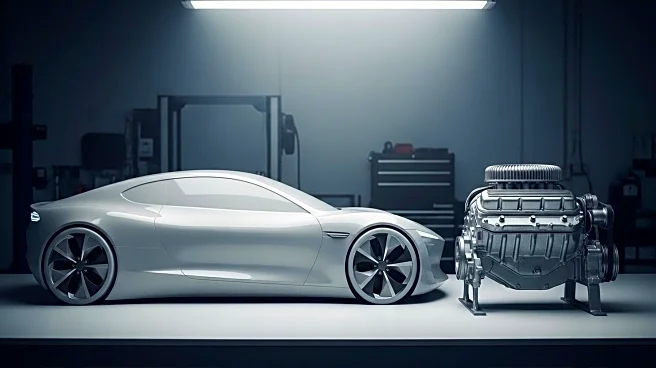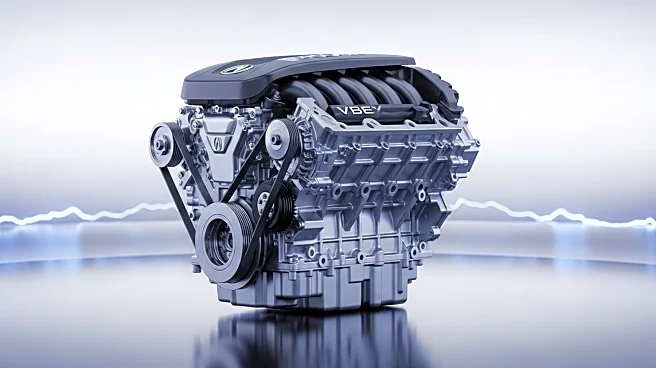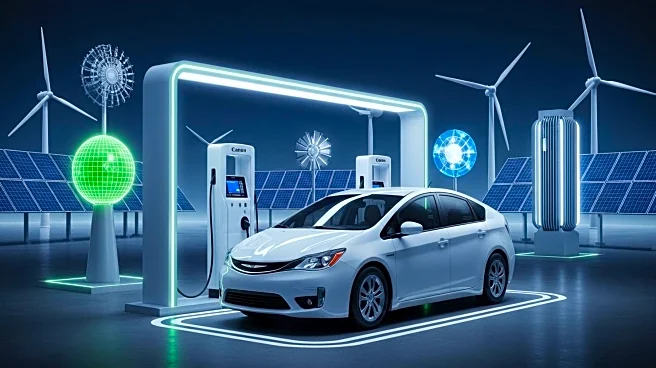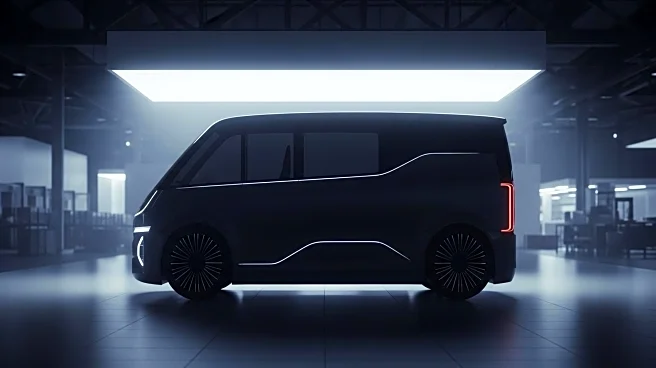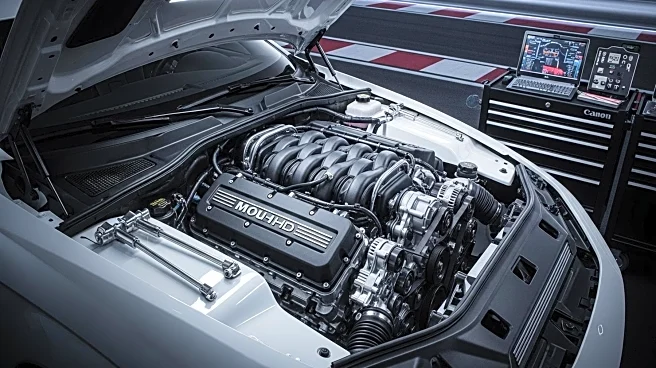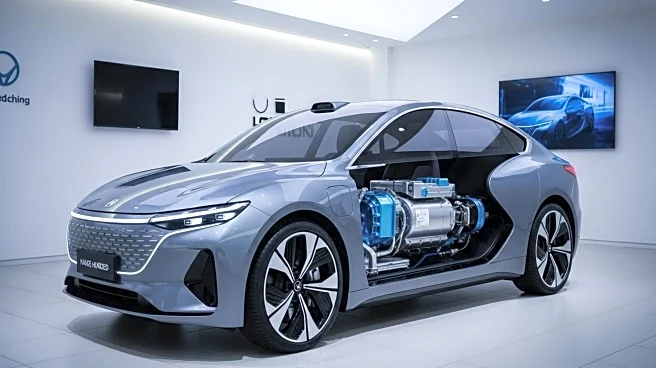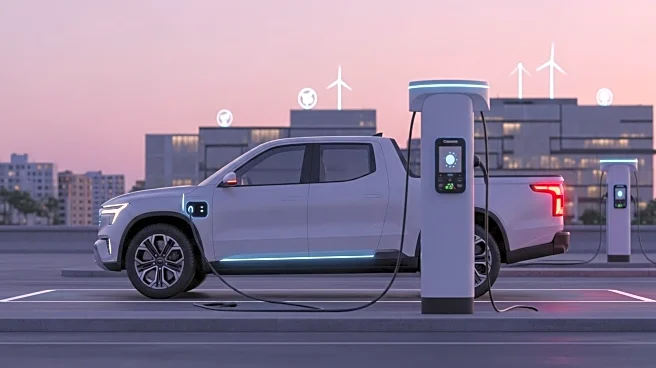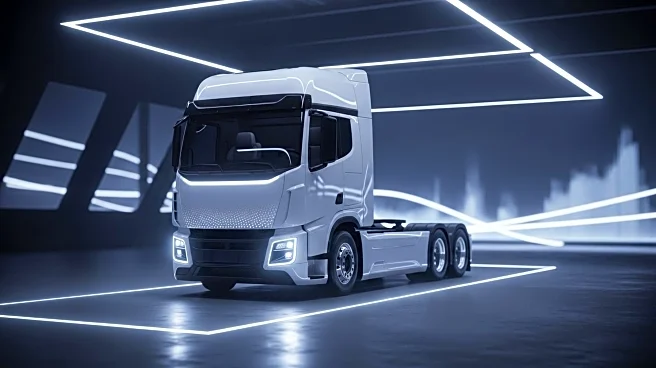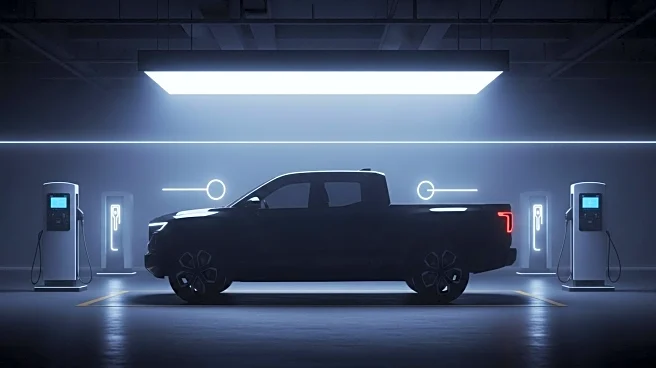What's Happening?
Stellantis, under the leadership of Antonio Filosa, is revising its electric vehicle (EV) strategy by shifting focus back to V-8 performance engines. This change comes as the company tempers its previous ambitions for an all-electric lineup. Filosa, who assumed leadership in June, is steering the automaker towards a balance between traditional performance vehicles and electric models. This strategic pivot reflects a response to market demands and consumer preferences, which still show significant interest in high-performance combustion engines.
Why It's Important?
The decision by Stellantis to adjust its EV strategy highlights the ongoing challenges automakers face in transitioning to electric vehicles. While there is a global push towards electrification, consumer demand for traditional performance vehicles remains strong. This move could influence other automakers to reconsider their EV timelines and product offerings. It also underscores the complexity of balancing environmental goals with market realities, potentially affecting the pace of EV adoption and the automotive industry's overall direction.
What's Next?
Stellantis is expected to continue developing its V-8 engine lineup while also investing in EV technology to meet future regulatory requirements and consumer expectations. The company may face scrutiny from environmental groups and regulators advocating for faster electrification. However, by maintaining a diverse product portfolio, Stellantis aims to cater to a broad range of consumer preferences. The automotive industry will be watching closely to see how this strategy impacts Stellantis' market position and financial performance.
